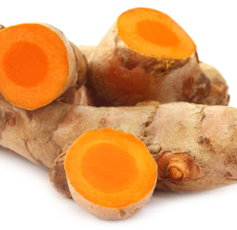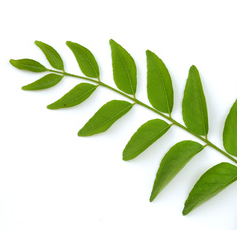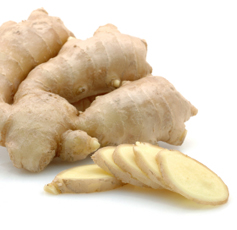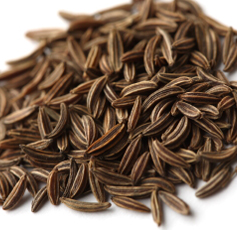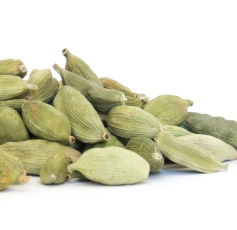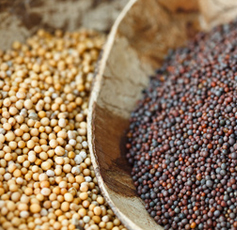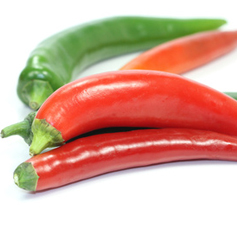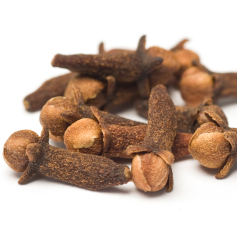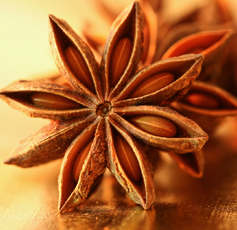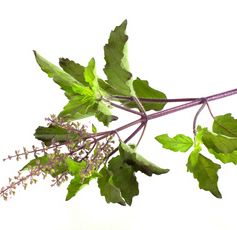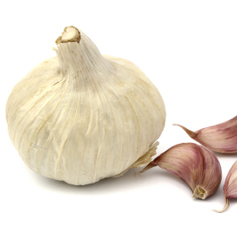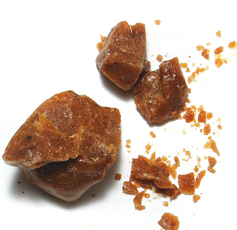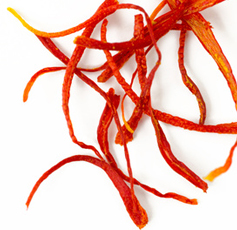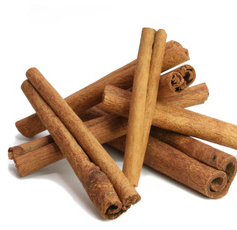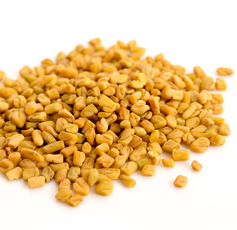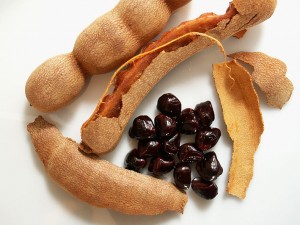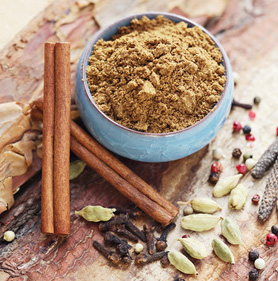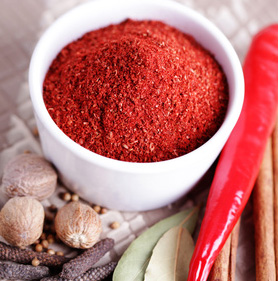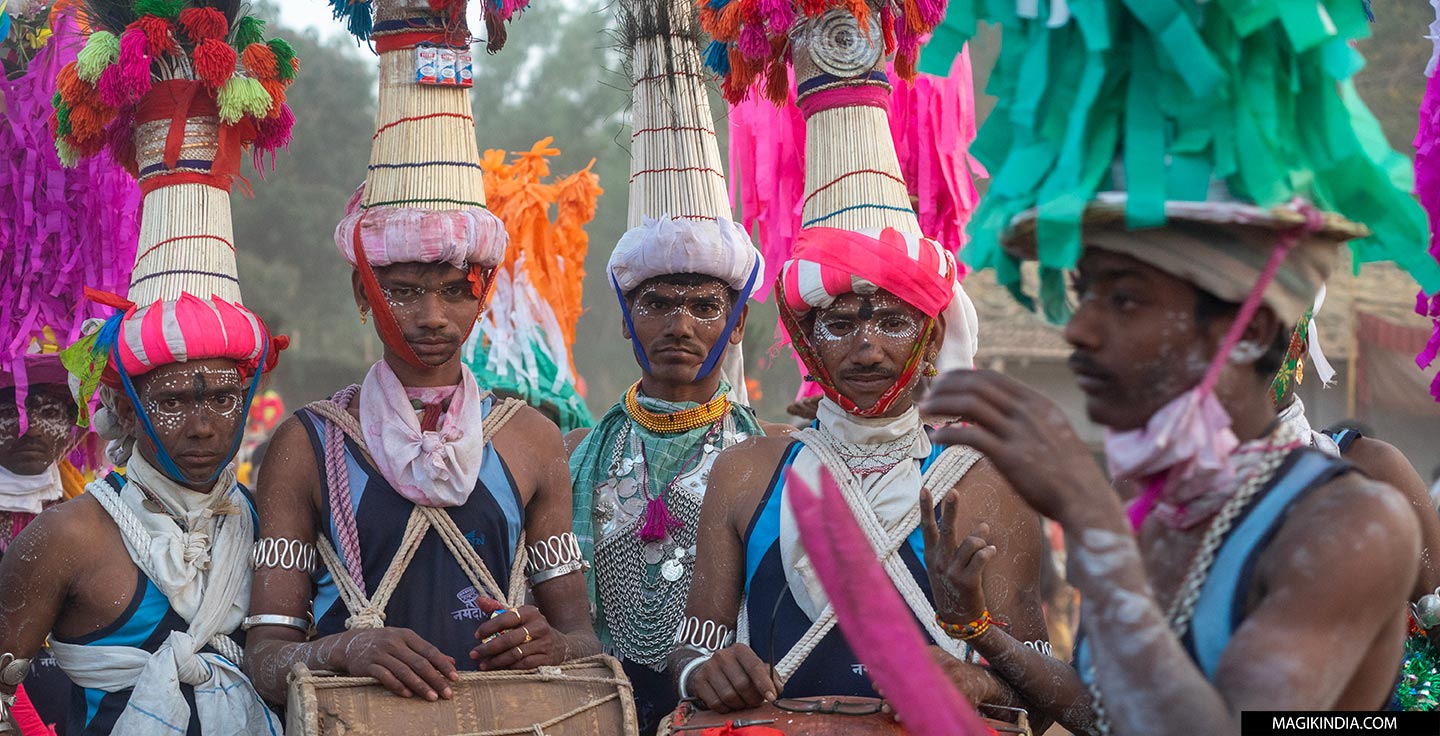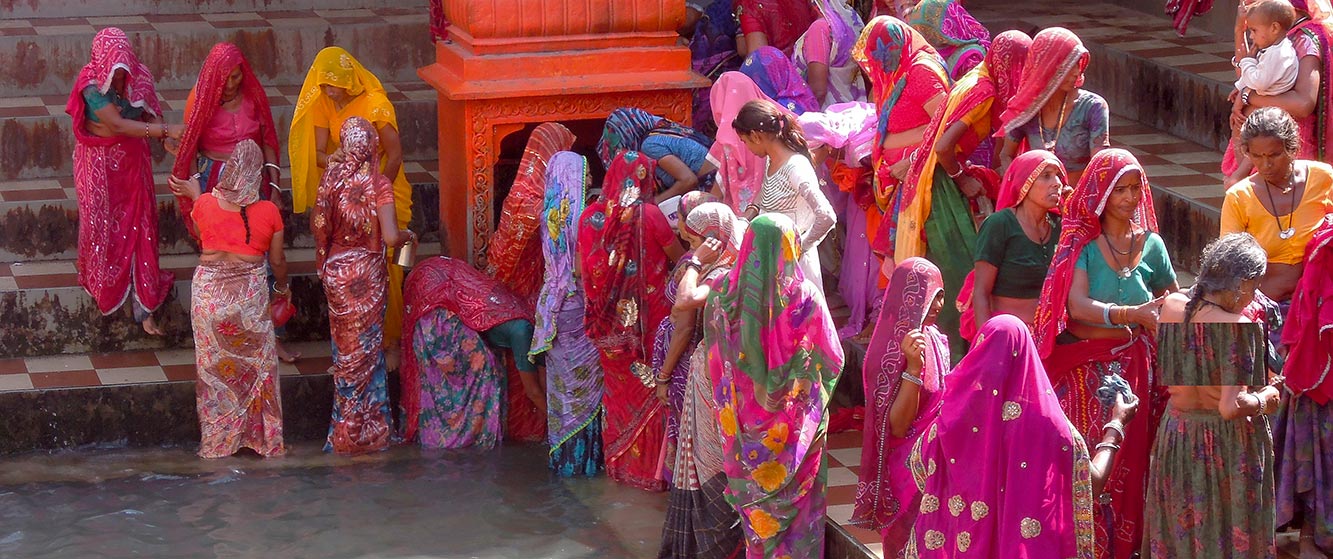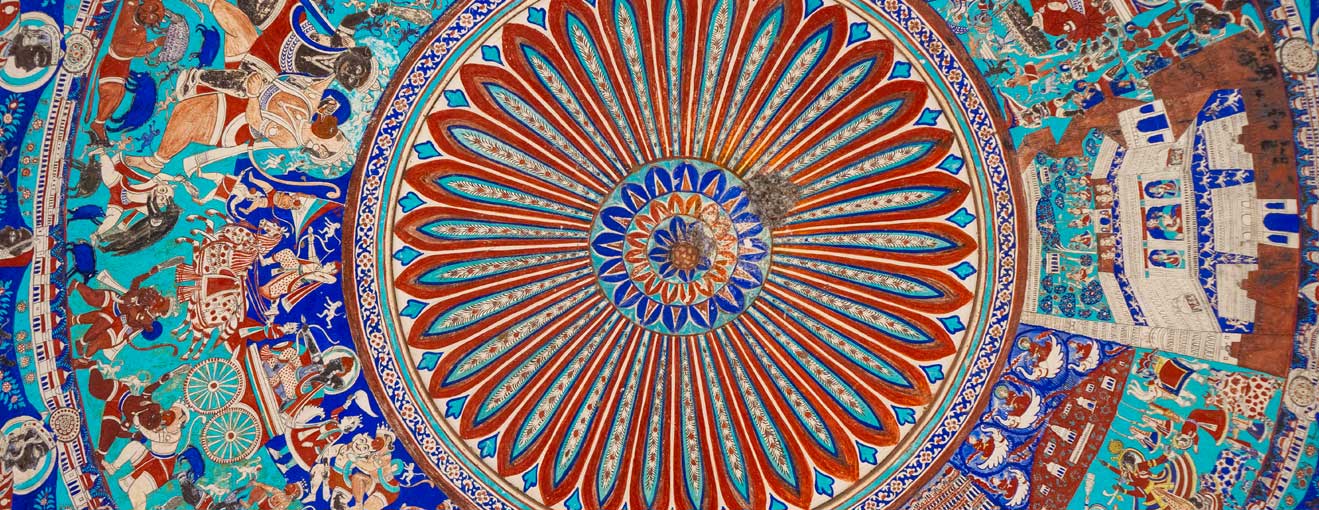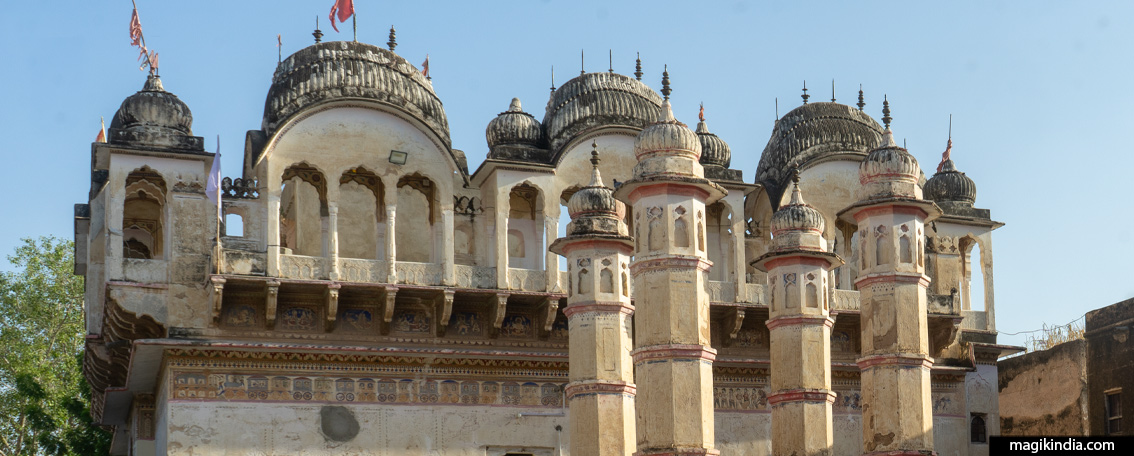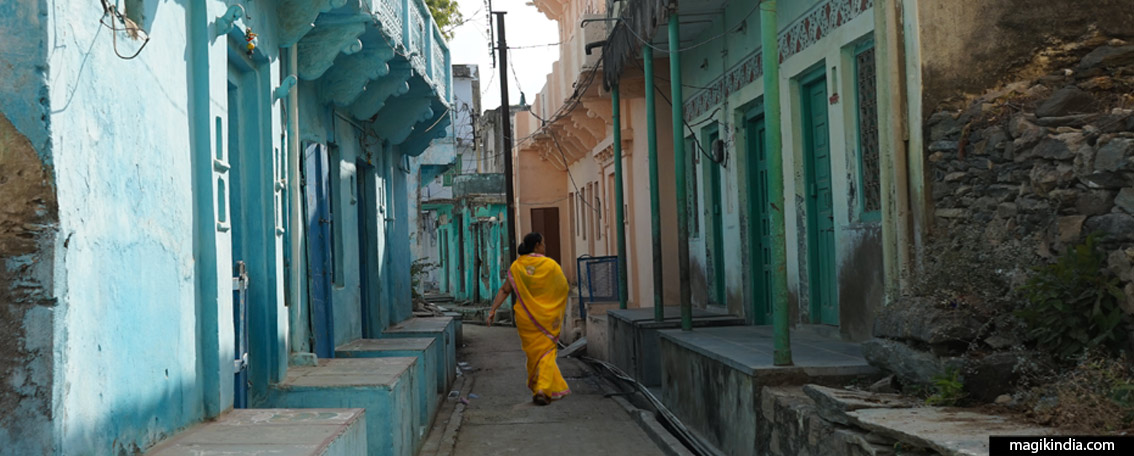
Indian Spices
Indian food without herbs and spices is unimaginable. They are at the heart of every dish. They have been used since ancient times and are mentioned in Hinduism’s oldest sacred scriptures, the Vedas.
Most of the numerous spices used in India are grown on the subcontinent. Some are “hot”, others add a delicate flavour to the dish. Each spice can be used on its own, but they are usually mixed in subtle combinations to give unique fragrances that differ from one region to another.
Spices are used not only for their flavours but also for their nutritional or medicinal properties. Cumin and asafoetida aid digestion, for example, while ginger is a stimulant.
The commonly used Indian spices
- Turmeric
- Curry leaf
- Ginger
- Cumin
- Cardamom
- Mustard seeds
- Green and red chillies
- coriander
- Nutmeg and mace
- Red and black pepper
- Fennel
- Clove
- Badian
- Tulsi (sacred basil)
- Garlic
- Asafoetida (Hing)
- Safran
- Cinnamon
- Fenugreek seeds
- Tamarind
Common ready-made spices blends
Madras Curry
This ochre-coloured powder originated in South India. The word “curry” is probably an Anglicisation of kari, the Tamil word for “stew”. A more appropriate word for what we call curry powder is masala, meaning “mixture”. This applies to the dish as well, so masala dosa is a curried potato dish.
Common ingredients of curry : curcuma, garlic, cinnamon, cardamome, clove, coriander, cumin, fennel, ginger, mustard seeds, macis, chilli, pepper, salt.
Garam Masala
This spice mix originated in North India. Garam means “warm” and, as we said, masala means “mixture”. Unlike curry mixtures, the spices in garam masala are roasted, and the mixture is usually added at the end of cooking.
Common ingredients of Garam Masala : Coriander, cumin, ginger, cinnamon, cardamome, chilli, pepper, cloves, bay leaves, nutmeg and mace.
Tandoori
Tandoori is a style of cooking from Punjab in North India. It is named after the tandoor, a wood or charcoal-fired earthenware oven shaped like a big jar and fixed to the ground or a wall.
The classic recipe is tandoori chicken, made from chicken pieces macerated in a mixture of yoghurt and tandoori masala before being roasted in the tandoor.
Common ingredients of Garam Masala : red chilli, paprika, garlic, thyme, coriander, cumin, pepper, celery, carvi, rosemary, fenugreek, cloves, bay leaves, cinnamon.

